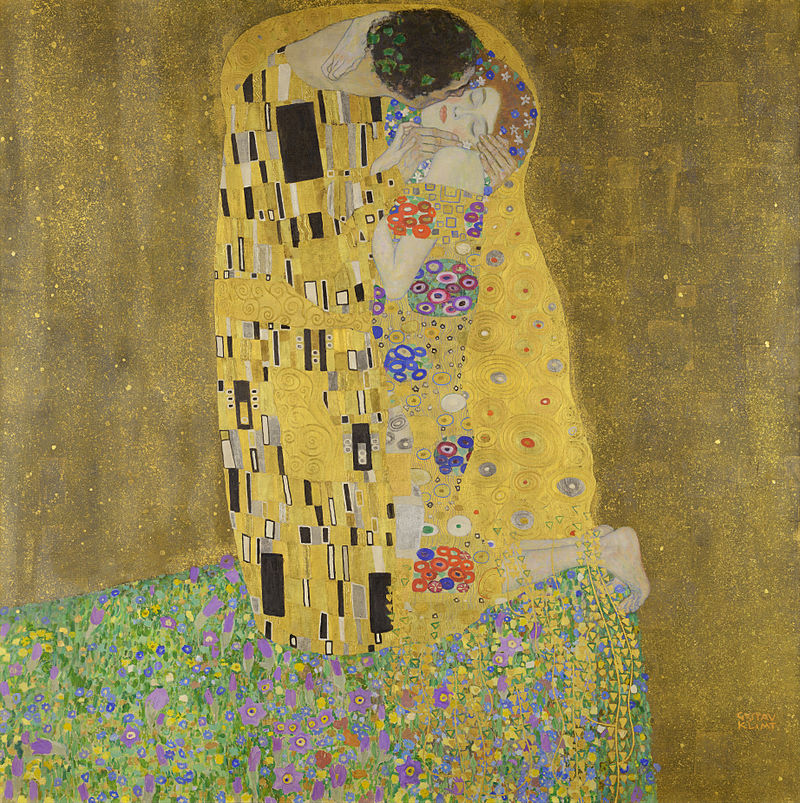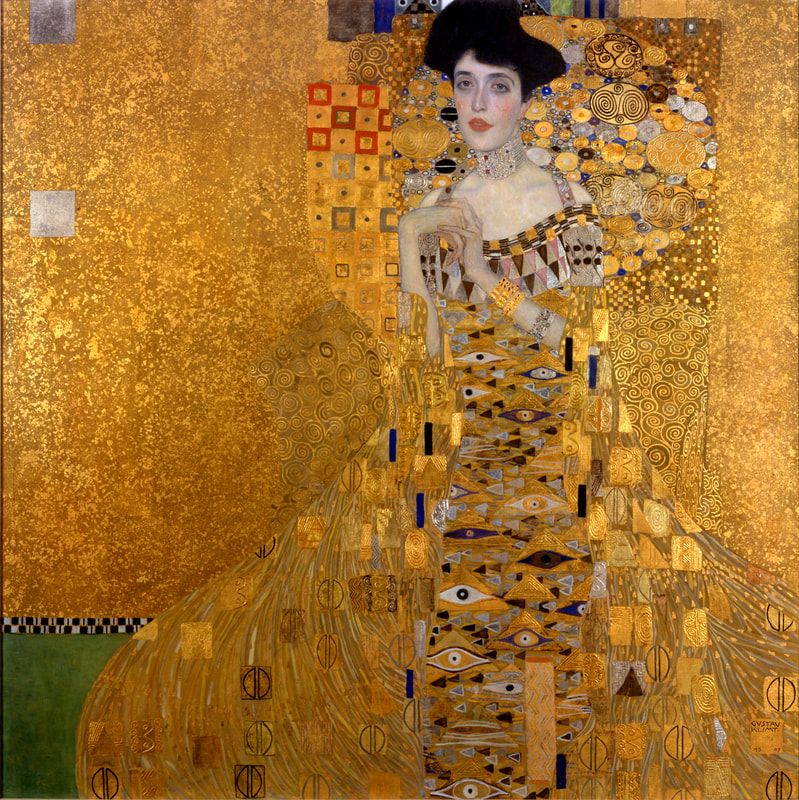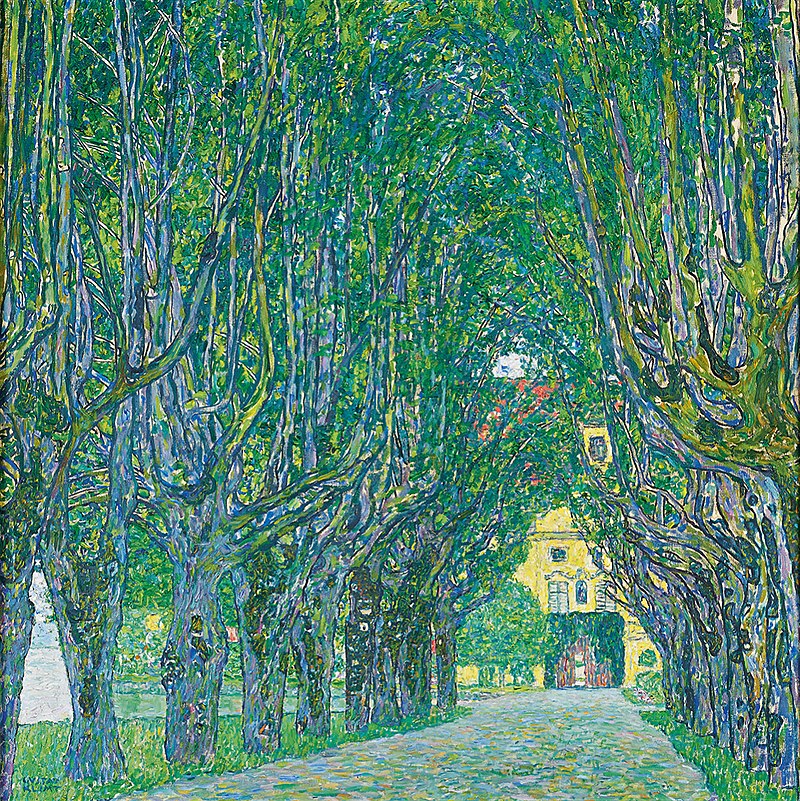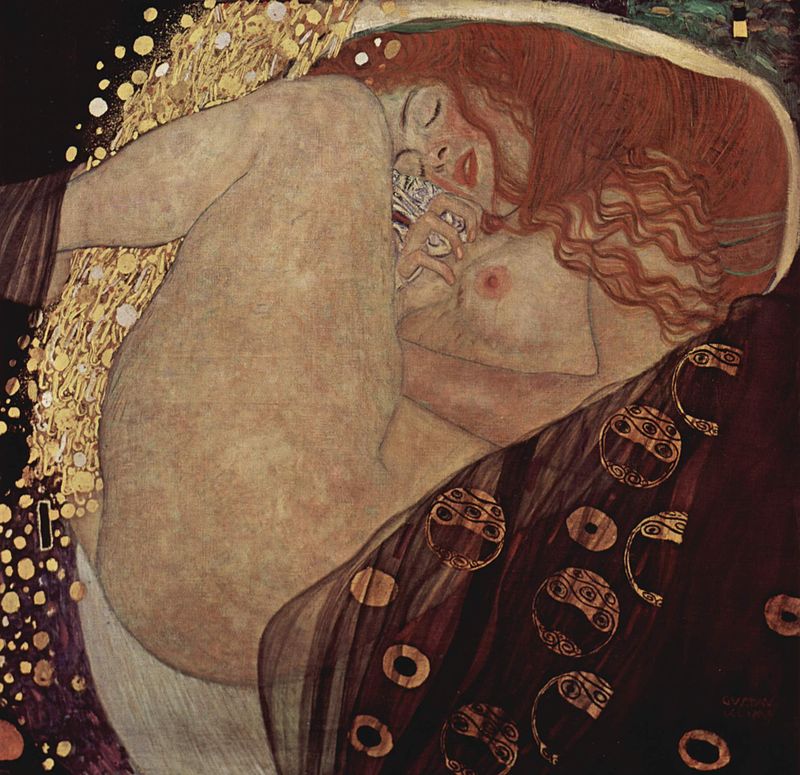An Appreciation:
|
Above: Klimt's best-known work "The Kiss."
Below: One of Klimt's portraits of Adele Bloch Bauer. The picture was stolen by the Nazis and the owner's lengthy legal battle to recover it went all the way to the United States Supreme Court. It was also depicted in a major motion picture. Above: Although Klimt focused primarily on portraits and figure paintings, he also painted some landscapes including "Avenue in Schloss Kammer Park."
Below: Klimt explored feminine beauty in works such as "Danae." |
Artist appreciation - Gustav Klimt



